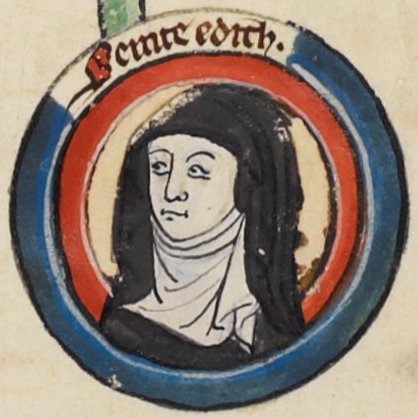Yeoman
 Yeoman is a noun originally referring either to one who owns and cultivates land or to the middle ranks of servants in an English royal or noble household. The term was first documented in mid-14th-century England. The 14th century also witnessed the rise of the yeoman longbow archers during the Hundred Years' War, and the yeoman outlaws celebrated in the Robin Hood ballads. Yeomen also joined the English Navy during the Hundred Years' War as seamen and archers. In the early 15th century, yeoman was the rank of chivalry between page and squire. By the late 17th century, yeoman became a rank in the Royal Navy for the common seamen who were in charge of ship's stores, such as foodstuffs, gunpowder, and sails.
Yeoman is a noun originally referring either to one who owns and cultivates land or to the middle ranks of servants in an English royal or noble household. The term was first documented in mid-14th-century England. The 14th century also witnessed the rise of the yeoman longbow archers during the Hundred Years' War, and the yeoman outlaws celebrated in the Robin Hood ballads. Yeomen also joined the English Navy during the Hundred Years' War as seamen and archers. In the early 15th century, yeoman was the rank of chivalry between page and squire. By the late 17th century, yeoman became a rank in the Royal Navy for the common seamen who were in charge of ship's stores, such as foodstuffs, gunpowder, and sails.References to the emerging social stratum of wealthy land-owning commoners began to appear after 1429. In that year, the Parliament of England re-organized the House of Commons into counties and boroughs, with voting rights granted to all freeholders. The Electors of Knights of the Shires Act 1429 restricted voting rights to those freeholders whose land value exceeded 40 shillings. These yeomen would eventually become a social stratum of commoners below the landed gentry, but above the husbandmen. This stratum later embodied the political and economic ideas of the English and Scottish enlightenments, and transplanted those ideas to British North America during the early modern era.
Numerous yeoman farmers in North America served as citizen soldiers during the American War of Independence. The 19th century saw a revival of interest in the medieval period with English Romantic literature. The yeoman outlaws of the ballads were refashioned into heroes fighting for justice under the law and the rights of freeborn Englishmen. Provided by Wikipedia


